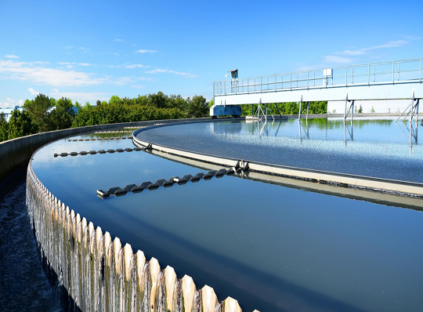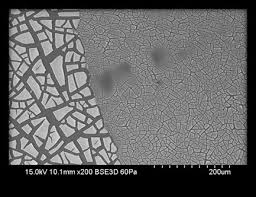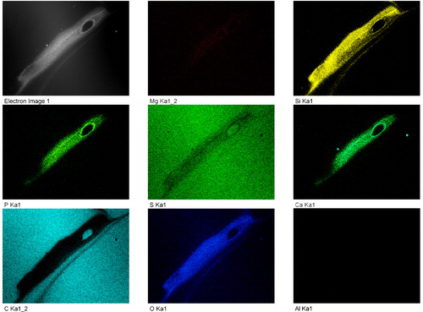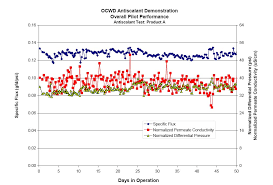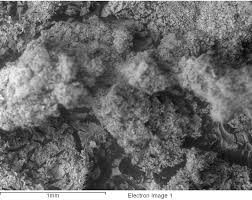
Corrosion inhibitors are frequently used as post-treatment chemicals for potable RO plants around the country, but few are actually effective. In many cases, red water complaints are prevalent in counties spending millions of dollars annually on corrosion control chemicals. Multiple corrosion coupon studies were performed comparing various blends of polyphosphate/orthophosphate based products against zinc/orthophosphate based chemicals. It was found that products containing polyphosphates often had no effect on corrosion control of mild steel or lead, and sometimes actually increased the corrosion rates. By contrast, some zinc based inhibitors consistently reduced corrosion rates for steel to between 0.5 – 4 MPY, and almost completely suppressed lead corrosion at less than 0.02 MPY. The setback was that zinc based inhibitors tended to precipitate when permeate pH was adjusted above 8, a necessity for long term chloramines stability. This was remedied by the use of a product containing zinc stabilizers and chelated zinc compounds that were stable up to a pH of 8.5.
Interested in some of the other papers published by AWC ?
Visit our Case Studies
